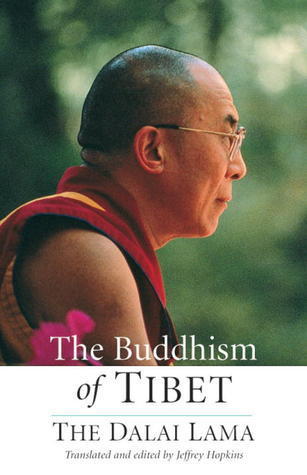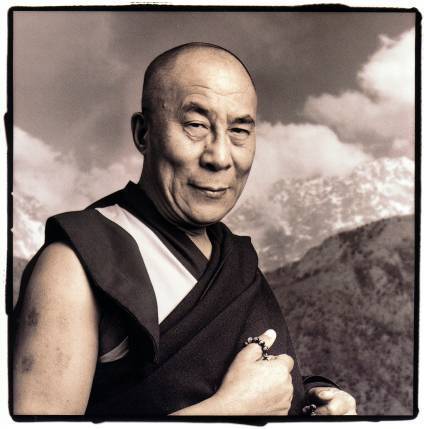
Unlike most books by the Dalai Lama which are edited compilations of talks that he has given, this book consists of two texts that he himself wrote and two that he chose—all especially aimed at helping Western readers become better grounded in Buddhism. He wrote "The Buddhism of Tibet" and "The Key to the Middle Way" sections to explain the principal topics and central practices of Buddhism. There are four sections to this • "The Buddhism of Tibet" by the Dalai In this excellent introduction, the Dalai Lama explains the principal topics and central practices of Buddhism. • "The Key to the Middle Way" by the Dalai The Dalai Lama leads the student to the discovery of the true meaning of emptiness. With acute precision, he presents many insights into the nature of"emptiness. • "The Precious Garland" by Originally written for a king, this text is famous for its descriptions of the bodhisattva path of compassion and for its clear, concise analysis of the"Buddha's teachings on emptiness. It describes how to find happiness by cultivating virtues of body speech and mind and how to amass the stores of merit and wisdom required for enlightenment. • "The Song of the Four Mindfulnesses" by the Seventh Dalai Lama Kaysang This short poem contains all the essentials of sutra and tantra. It is to be used as a basis for meditations on mindfulness of"the guru altruism deity yoga and emptiness.
Author

Jetsun Jamphel Ngawang Lobsang Yeshe Tenzin Gyatso (born Lhamo Döndrub), the 14th Dalai Lama, is a practicing member of the Gelug School of Tibetan Buddhism and is influential as a Nobel Peace Prize laureate, the world's most famous Buddhist monk, and the leader of the exiled Tibetan government in India. Tenzin Gyatso was the fifth of sixteen children born to a farming family. He was proclaimed the tulku (an Enlightened lama who has consciously decided to take rebirth) of the 13th Dalai Lama at the age of two. On 17 November 1950, at the age of 15, he was enthroned as Tibet's ruler. Thus he became Tibet's most important political ruler just one month after the People's Republic of China's invasion of Tibet on 7 October 1950. In 1954, he went to Beijing to attempt peace talks with Mao Zedong and other leaders of the PRC. These talks ultimately failed. After a failed uprising and the collapse of the Tibetan resistance movement in 1959, the Dalai Lama left for India, where he was active in establishing the Central Tibetan Administration (the Tibetan Government in Exile) and in seeking to preserve Tibetan culture and education among the thousands of refugees who accompanied him. Tenzin Gyatso is a charismatic figure and noted public speaker. This Dalai Lama is the first to travel to the West. There, he has helped to spread Buddhism and to promote the concepts of universal responsibility, secular ethics, and religious harmony. He was awarded the Nobel Peace Prize in 1989, honorary Canadian citizenship in 2006, and the United States Congressional Gold Medal on 17 October 2007.